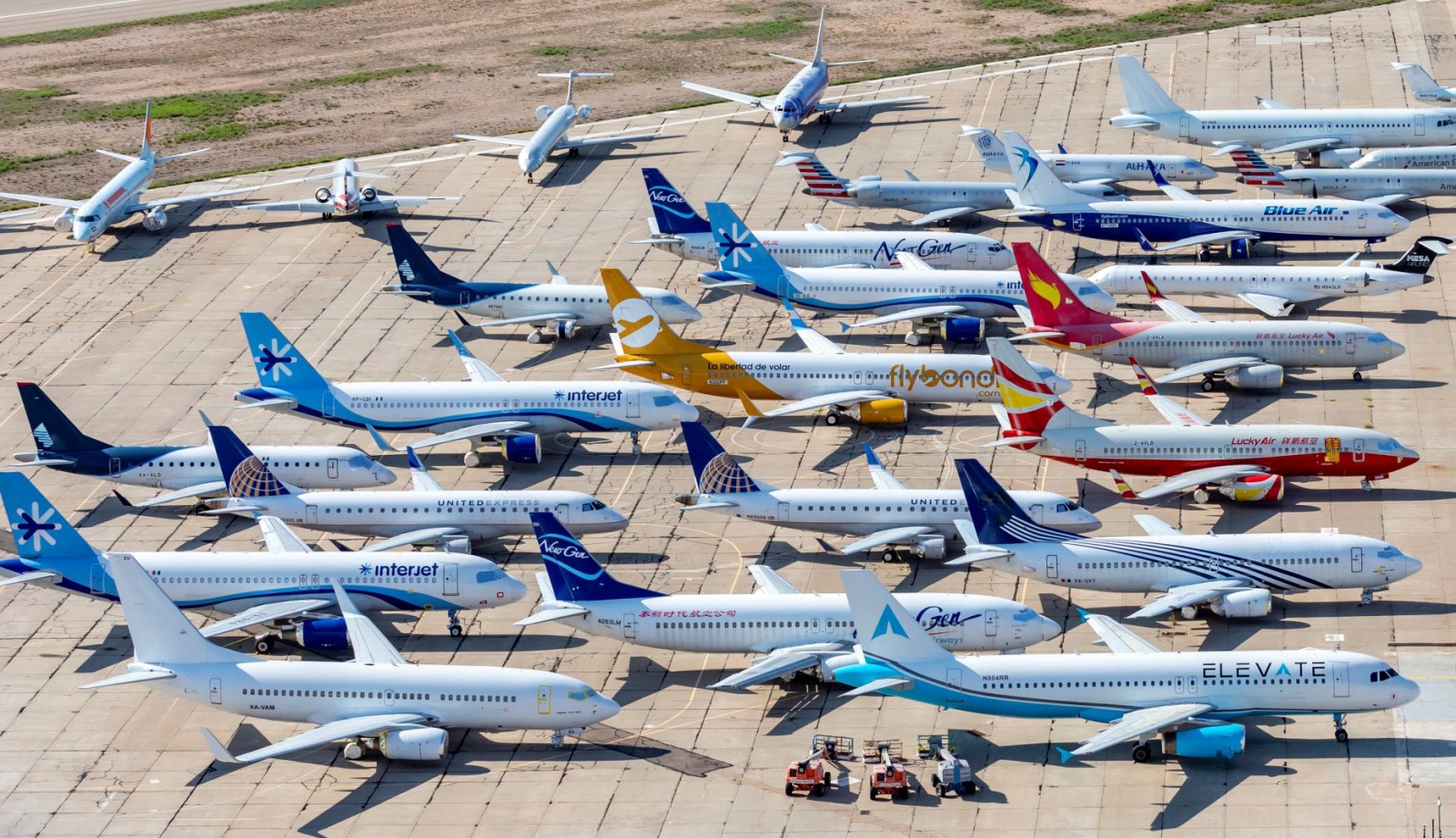The airline industry will post losses of US$118.50 billion this year according to The International Air Transport Association (IATA).
The industry association has announced the sickening revised outlook for 2020 and 2021 and says the deep industry losses will continue into 2021, even though performance is expected to improve over the period of the forecast.
For 2020 its says the loss will be US$118.5 billion which is deeper than the $84.3 billion forecast in June.
For 2021 the net loss is forecast to be US$38.7 billion which while better than 2020 is deeper than the $15.8 billion forecast in June.
Alexandre de Juniac, IATA’s Director General and CEO said that “this crisis is devastating and unrelenting. Airlines have cut costs by 45.8 percent, but revenues are down 60.9 percent.
“The result is that airlines will lose $66 for every passenger carried this year for a total net loss of $118.5 billion. This loss will be reduced sharply by $80 billion in 2021. But the prospect of losing $38.7 billion next year is nothing to celebrate.
“We need to get borders safely re-opened without quarantine so that people will fly again. And with airlines expected to bleed cash at least until the fourth quarter of 2021 there is no time to lose,” de Juniac said.
IATA said that the COVID-19 crisis challenged the industry for its very survival in 2020. In the face of a half-trillion-dollar revenue drop (from US$838 billion in 2019 to US$328 billion) airlines cut costs by US$365 billion (from US$795 billion in 2019 to US$430 billion in 2020).
“The history books will record 2020 as the industry’s worst financial year, bar none. Airlines cut expenses by an average of a billion dollars a day over 2020 and will still rack-up unprecedented losses. Were it not for the $173 billion in financial support by governments we would have seen bankruptcies on a massive scale,” said de Juniac.
All major operational parameters in the passenger business were negative:
- Passenger numbers are expected to plummet to 1.8 billion (60.5 percent down on the 4.5 billion passengers in 2019). This is roughly the same number that the industry carried in 2003.
- Passenger revenues are expected to fall to US$191 billion, less than a third of the US$612 billion earned in 2019. This largely driven by a 66 percent fall in passenger demand (measured in Revenue Passenger Kilometers/RPK). International markets were hit disproportionately hard with a 75 percent fall in demand. Domestic markets, largely propelled by a recovery in China and Russia, are expected to perform better and end 2020 49% below 2019 levels.
- Further weakness is demonstrated by passenger yields which are expected to be down 8 percent compared to 2019 and a weak passenger load factor which is expected to be 65.5 percent, down from the 82.5 percent recorded in 2019, a level last seen in 1993.
Operational parameters for cargo are performing significantly better than for passenger but are still depressed compared to 2019:
- Uplift is expected to be 54.2 million tonnes in 2019, down from 61.3 million tonnes in 2019
- Cargo revenues are bucking the trend, increasing to US$117.7 billion in 2020 from US$102.4 billion in 2019. A 45 percent fall in overall capacity, driven largely by the precipitous fall in passenger demand which took out critical belly capacity for cargo (-24 percent ), pushed yields up by 30% in 2020.
“Cargo is performing better than the passenger business. It could not, however, make up for the fall in passenger revenue. But it has become a significantly larger part of airline revenues and cargo revenues are making it possible for airlines to sustain their skeleton international networks,” said de Juniac.
In 2019 cargo accounted for 12 percent of revenues and that is expected to grow to 36 percent in 2020.
IATA says airline financial performance is expected to see a significant turn for the better in 2021, even if historically deep losses prevail. The expected US$38.7 billion loss in 2021 will be second only to 2020 performance.
It says that on the assumption that there is some opening of borders by mid-2021 (either through testing or growing availability of a vaccine), overall revenues are expected to grow to US$459 billion (US$131 billion improvement on 2020, but still 45 percent below the US$838 billion achieved in 2019). In comparison, costs are only expected to rise by US$61 billion, delivering overall improved financial performance. Airlines will still lose, however, US$13.78 for each passenger carried. By the end of 2021 stronger revenues will improve the situation, but the first half of next year still looks extremely challenging.
Passenger numbers are expected to grow to 2.8 billion in 2021. That would be a billion more travelers than in 2020, but still 1.7 billion travelers short of 2019 performance. Passenger yields are expected to be flat and the load factor is expected to improve to 72.7 percent (an improvement on the 65.5 percent expected for 2020, but still well below the 82.5 percent achieved in 2019).
IATA said that while the industry will see improved performance in 2021 compared to 2020, the road to recovery is expected to be long and difficult.
























